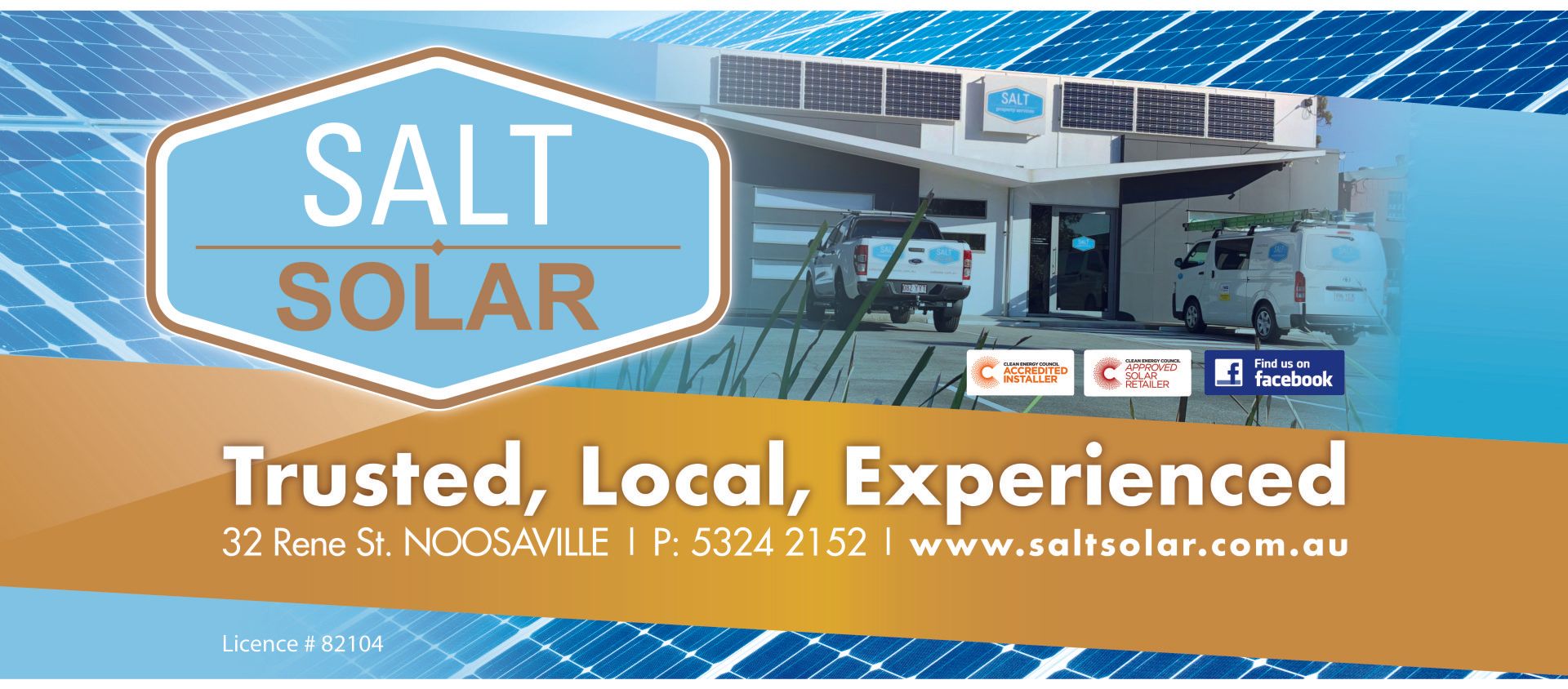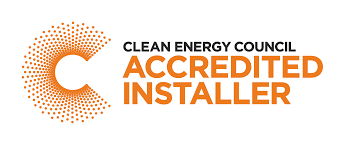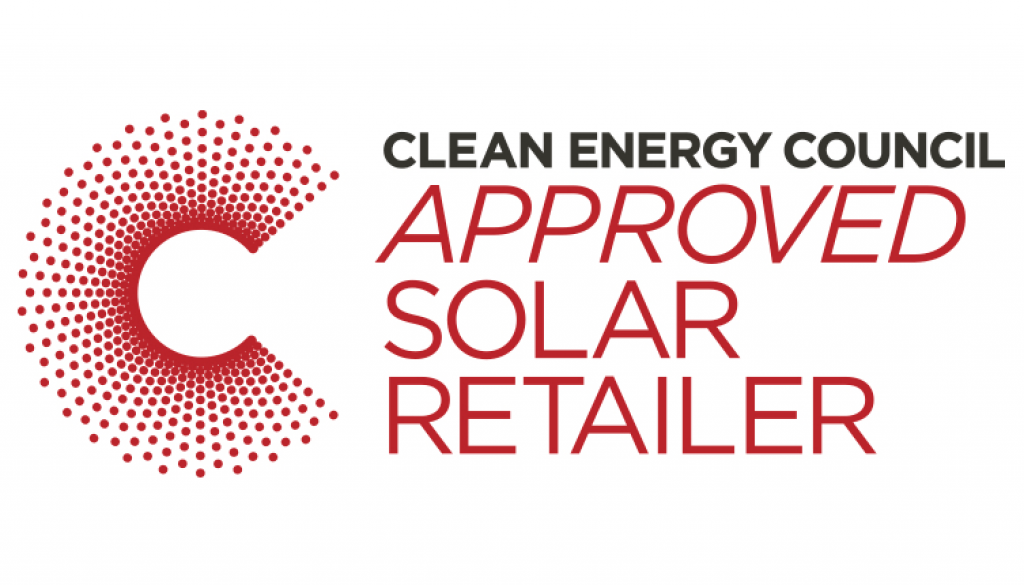- 1) Research
Most homeowners will start with a google search – interestingly the top 3 global, monthly google searches 1) “solar energy” @ 165,000 searches 2) “what is solar energy” @ 18,100 searches and 3) “advantages and disadvantages of solar energy” @ 14,800 searches.
- 2) Referral
Even the most educated of roof top owners will start to get overwhelmed and confused at this point, so may start to ask friends or family for a referral of someone who recently had a solar energy system installed
- 3) Search for Reviews
Savvy solar searchers are now looking to Google Reviews to find a trustworthy, local and experienced solar installer to read what others say of their experiences with particular solar installers, be sure to look for the date in which the review was written (suggest sorting from ‘newest’)
- 4) Check Credentials
Furthermore, those ‘thinking of solar’ will turn to the Clean Energy Council (CEC) Approved Solar Retailer (ASR) website to connect with solar installers who The Clean Energy Council Approved Solar Retailer program is a way for businesses that sell solar and storage to show their commitment to responsible sales and marketing activities and industry best practice. Authorised by the Australian Competition and Consumer Commission (ACCC), the program aims to lift the bar higher than the minimum requirements set by government regulations and bring about a better standard of service within the solar and storage industry. This way you can ben assured that your solar installer has all the right qualifications and insurances
- 5) Connect
Next move is to connect with a solar installer that has ticked a few boxes for you, fill in a form, send an email, or make a phone call
Your potential solar installer should be asking the following questions:
i. Your name, home address, phone, email address etc
ii. Your current Electricity Bill and or how many kW hours you currently use
iii. How many people reside in the property?
iv. Your electricity usage: Pool, Pool heating, Air-Conditioning, Hot Water Service, other?
- 6) Book a Site Visit
Do not accept a solar proposal from a solar company without a site visit or from a ‘Sales guy’. This is most important as while google maps (or equivalent) can show your roof, it will not show your meter box (AC switchboard), any potential shading issues, condition of roof, location of inverter, AC & DC conduit & cabling routes, identification of any access limitations and the list goes on. If you are fortunate enough to have a solar qualified electrician on site inspecting your property, ask as many questions as you can possibly think of, what are your concerns, your queries, what have you heard from others etc. There is no such thing as a silly question, and whatever the question you quite probably will not be the first to ask it!
- 7) Your Solar Quote
Following the site visit, your customised solar proposal will be provided to you and should clearly s the following information:
i. The Solar Modules (Panels) positioned on your roof as the installer would install them
ii. The exact quantity, wattage, brand and model number of the equipment being proposed for the installation for the PV Solar Panels and the PV Solar Inverter
iii. The total price of the installation including GST, less the Government Financial Incentive (rebate), revealing the total amount payable “out of pocket” expense
iv. Information regarding solar system performance estimates (how much electricity the solar system will generate) return on investment (how long it will take to pay the system off), estimates of future electricity bills (what your bill will look like with the same continued consumption) and the environmental analysis (how our planet will benefit from your decision to go solar)
v. Deposit requirements, and any associated pre-payments or acceptance process
vi. Finance options should you wish to finance your solar proposal
- 8) Understand Your Quote
Solar Installers send Solar proposals from one (1) page to eleven (11) pages BUT here the case is "more is best" as the more information the better so you can really understand your solar proposal. Be sure you understand the information in your proposal, don’t be shy to question any point in the quotation and have something explained.
According the to CEC Code of Conduct a solar proposal should be a written contract that must be provided to the consumer that shows:
(a) an itemised list of the goods to be supplied;
(b) the total price of all goods and services;
(c) the total value of any discounts, STCs, Goods and Services Tax (GST) and
rebates as applicable;
(d) full specifications of the system, including the manufacturer, model, quantity and
power rating of the solar modules and the inverter/s;
(e) a site-specific full system design including the proposed roof plan (sketch or
diagram is acceptable), orientation and tilt, expected efficiency losses due to
shading, and the system’s site-specific estimated energy yield, i.e. average daily
performance estimate in kilowatt hours (kWh) for each month of solar generation.
• The performance estimate must be based on data obtained from the
CEC System Design Guidelines for Accredited Designers or other
reputable source.
It is acceptable for this section 2.1.6(e) to be provided as a deliverable of the
contract, provided that:
(i) this information is provided before the expiry of any cooling-off period; and
(ii) where section 2.1.6(e) is provided as a deliverable of contract:
1. the initial contract must include a generic outline of the likely system
performance estimate (to enable the consumer to make an informed
purchase decision); and
2. the consumer must be entitled to a full refund upon request, if they do
not consent to the site-specific full system design and performance
estimate upon receipt of this information.
(f) Any site conditions and special circumstances beyond the control of the
Signatory which may result in extra chargeable work not covered by the quote.
This includes any additional costs that may arise at or after installation and that
will not be borne by the Signatory. For example, fees for meter
exchange/reconfiguration, damage on meter panels, and changing dedicated off
peak control devices if required;
(g) an estimated timetable for supplying and installing the system. Where timeframes
are out of control of the retailer, this can be noted with relevant disclaimers;
(h) business terms, including the payment method, deposits and timetable, and how
long the quote will be valid for;
(i) details about any after-sales services, guarantees and express warranties. The
warranty must:
(i) Include a statement that the consumer’s rights under the warranty sit
alongside the consumer guarantees which are required under ACL and
cannot be excluded.
• Under ACL, consumers cannot sign away their consumer
guarantee rights. Signatories must not put terms into their
contracts to avoid their consumer guarantee obligations.
(ii) The consumer’s cooling-off and termination rights.
(j) Full disclosure of all assumptions made in relation to systems and finance
offerings including:
(i) system design, performance and output assumptions;
(ii) financial savings including STC financial incentives, savings relating to
return on investment, income and energy prices; and
(k) a clause stating that the Signatory must comply with this Code.
2.1.7 The contract must be expressed in a clear and transparent way, using plain language
that is legible.
2.1.8 Signatories must endeavour to draw to the attention of the consumer specific
requirements of the contract which, if not brought to the consumer’s attention, are
likely to result in a dispute. For example, section 2.1.6(g), additional fees that may
arise, or if there is any difference between a price verbally quoted, and the final
contract price.
2.1.9 Both parties must sign the agreement and any amendments. Equivalent methods of
legal agreement other than signing a contract in person are also permitted (for
example, electronic acceptance).
2.1.10 Any requirement to provide a document or information in writing can be met in
electronic form, or to provide a signature can be met in electronic or verbal form.
2.1.11 Receipts must be issued for all deposits collected.
- 9) Another Quote
Now you have a customised Solar proposal you should now have a better understanding of what is involved. If the solar proposal has been presented properly by the solar installer, it is now that most homeowners start to feel more confident and start to give a solar system installation some serious consideration. Time for another quote?
When gaining another customised solar quotation it is imperative that you follow the exact same processes and advise the solar installer of the same requirements you told the first installer. We cannot stress this enough, to compare one quote with another you must, must, must ensure you are comparing not just ‘apples with apples’ but ‘green, ripe, granny smith apples from Tasmania with green, ripe, granny smith apples from Tasmania’ as just a brand for brand is not sufficient to ensure each installer is offering you the same product. The difference in each brand when comparing model with model can be up to 50% variation in cost.
- 10) Lock it In!
Once you select your chosen Solar installer that you trust and have gained sufficient information to make an informed decision for your property, you will confirm your requirements with the Solar Installer. Two (2) options, first would be to proceed to gain approval for Finance, which once approved, should suffice in lieu of a deposit… the second is to pay a deposit, 25% is the suggested amount from the CEC Approved Solar Retailers.
The Solar Installer will then be doing behind the scenes work, notifying Energex, and the relevant Authorities of your pending Solar Installation. Plus, the equipment will be ordered, and installation scheduled.
- 11) The Installation
Most 6.6kW Systems can be installed in One (1) day, by Two (2) experienced installers. Factors which could delay an installation are a tiled roof, micro inverters, several arrays of panels, and of course mother nature.
Following the installation, the installer will ask you to confirm that the system is installed on your roof, by means of signing off on the installers APP.
- 12) Post Installation
Energex are the Electricity Distributors in SE QLD, who then inform your Retailer (AGL, Origin, Alinta, Energy Australia or the like) that your Solar installation is complete and the Retailer will then schedule an appointment with you to connect a Solar Meter into your Switchboard. Unfortunately, this step is out of the Solar Installers hands or agenda, so we recommend you contact your retailer the day following the installation to request a date that your Solar Installation will be connected.
- 13) Electricity Retailer
At this time, you may want to start considering the best retailer for your FIT “Feed-in-Tariff, this is the price that you sell your solar produced electricity for. Talk with your Solar Installer to gain the current market rates.
- 14) Payment
Following the system installation you will be provided with an Invoice for payment for the balance of the system, or if you arranged Finance you will need to confirm with the finance company that the Solar installation is complete.
- 15) Documents
20) Following Payment (either by yourself or your finance company), you will be provided with a receipt for your records, complete with a myriad of important documents regarding your Solar installation. These will include equipment information documents including warranty information, testing and certification documents, system care and maintenance information.
- 16) Reap the Benefits & Save our Planet
Should you have a wifi enabled Inverter, you will be able to monitor the production each and every day, and possibly you will have a meter installed that also monitors the electricity your property is consuming and exporting in one easy view. We encourage Solar owners to regularly check this information, so to ensure that the system is always operating solidly.



